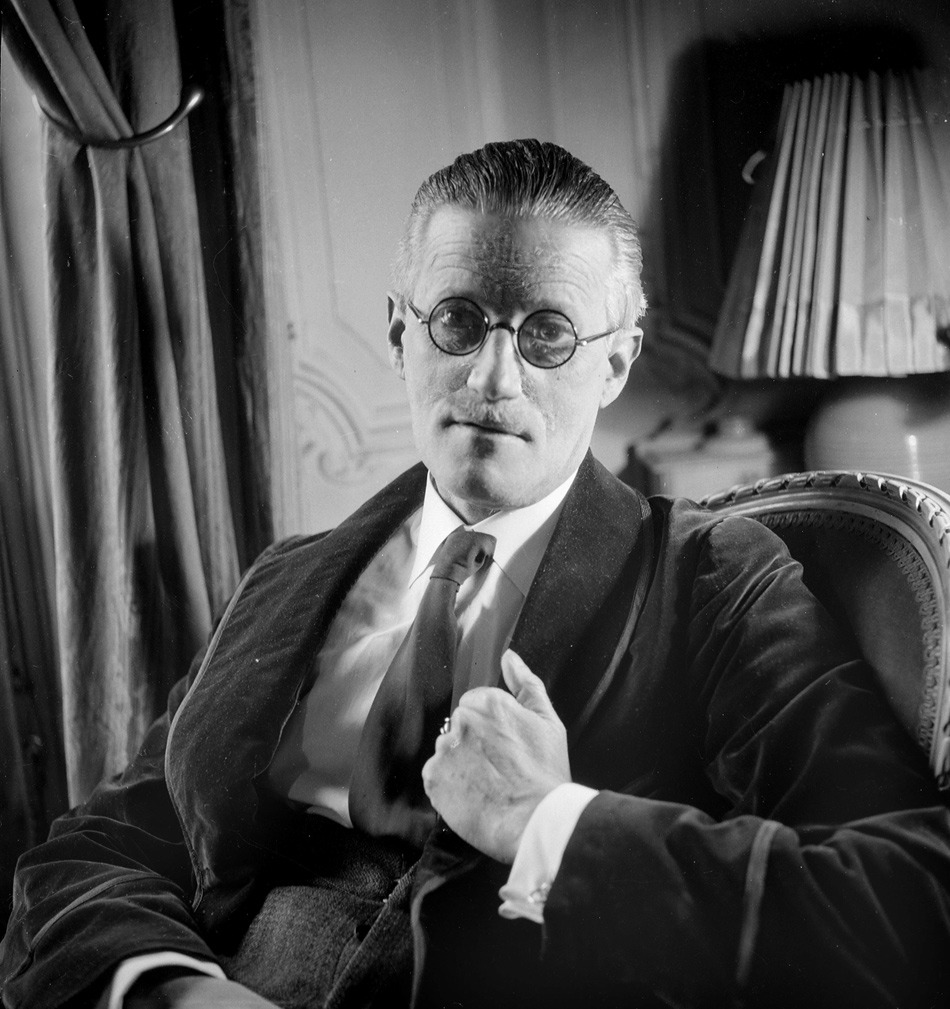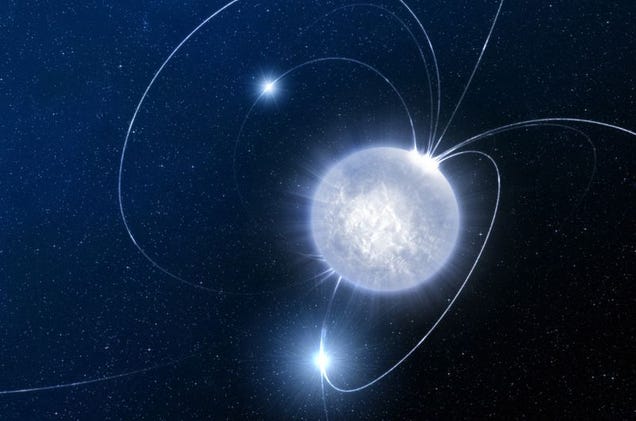
1. June 16 is the day all of the events in Joyce’s Ulysses take place. Why June 16? Of all the days in the year, you have to wonder why Joyce chose that exact date for Ulysses to take place. Well, the answer is actually pretty simple: it’s that day in 1904 when he had his first date with his future wife, Nora Barnacle.
2. Joyce may have had the gift of writing, but he certainly didn’t have the gift of conversation. When he met Marcel Proust in 1922 at a dinner party, the rest of the party-goers listened anxiously to what the two literary geniuses would chat about. The eavesdroppers were likely disappointed, as Proust and Joyce spent the entire conversation talking about their ailments—Joyce had constant headaches and eye trouble; Proust’s stomach was giving him troubles. Then they both admitted neither of them had read the other’s works. As the story goes, they shared a cab on the way home and Proust scampered out of the cab without paying his half of the fare.

3. James Joyce was born in the same year as another notable modernist writer, Virginia Woolf. But the similarities don’t end there. Both were born in 1882, but both writers also died in the same year, 1941. Both wrote landmark modernist novels, published in the 1920s, whose principal action takes place over just one day in mid-June (the novels in question are Ulysses and Mrs. Dalloway). Both pioneered the stream of consciousness technique associated with modernist writing.
4. James Joyce was scared of thunder and lightning. Joyce’s fear of thunder and lightning – the technical name for which is astraphobia – stems from his childhood, when his fervently Catholic governess told him that thunderstorms were God manifesting his anger. This fear stayed with Joyce into adulthood. It even probably helped to inspire a 100-letter word which Joyce coined in his final novel, Finnegans Wake (1939), Bababadalgharaghtakamminapronnkonnbronntonnepronntuonnthunntrovarrhounawnskawntoohoohoordeenenthurnuk, which appears on the first page and is meant to designate the symbolic thunderclap that accompanied the Fall of Adam and Eve.
5. He gave us the word ‘quark’. This word for a subatomic particle was taken from Finnegans Wake, where three seabirds give the cheer to King Mark: ‘Three quarks for Muster Mark!’ Physicist Murray Gell-Mann liked the word, and so proposed it for the particle in the 1960s.

Below you can listen to James Joyce read a passage from his book, Ulysses.
 Blog EBE English Book Education
Blog EBE English Book Education



